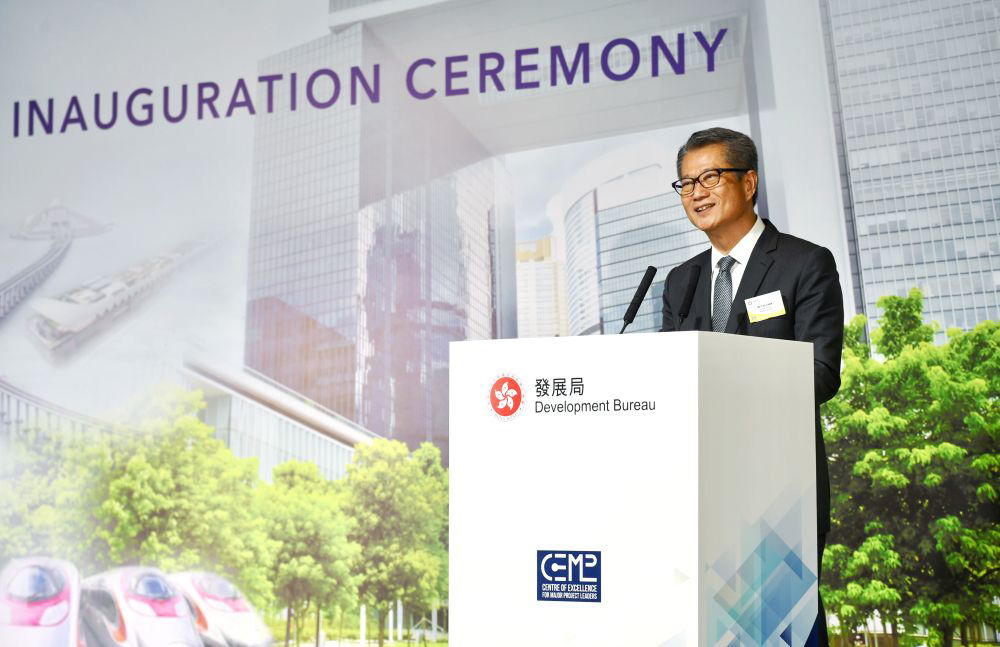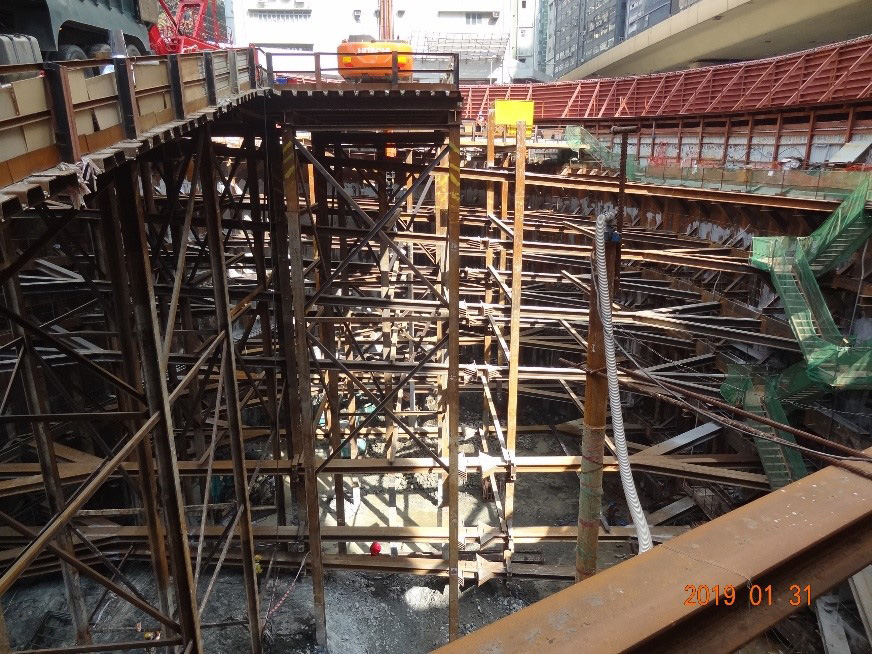Blog
Strategy and Governance of Public Works Projects
By facing the loss of momentum of the economic synergy, I announced a series of supporting measures last month and proposed to increase or expedite implementation of minor works projects. For example, we will advance the Pier Improvement Programme. An Enhancement to the existing Building Maintenance Grant Scheme for Elderly Owners, an Operation Building Bright 2.0, a Lift Modernisation Subsidy Scheme and a Fire Safety Improvement Works Subsidy Scheme will also be considered. It is our wish to create more employment opportunities for construction industry and provide support to other industries.
Infrastructure investment is always one of the Government major expenditures for enhancing the quality of public services, improving living environment and safety as well as enhancing the connectivity of the public transportation system. All these investments enhance integrated competitiveness of Hong Kong, drive economic growth and improve our livelihood. If we expedite and push forward these measures during the economic downturn, the counter-cyclical expansionary effect can be exploited to revive our economy.
 |
In the past few years, the average annual expenditure for the public works reached the level of $80 billion. In the next few years, the annual capital works investment is expected to rise to over $100 billion, covering the public housing development, hospital redevelopment and expansion, as well as new towns development and extension, etc. However, the surging construction cost in recent years, fast ageing construction work force and rising aspirations from the general public for better performance of public works projects pose a great challenge for the implementation of public works projects.
In order to enhance the effectiveness and management of public works projects, we see the benefit of conducting a thoughtful and strategic planning as early as in the project inception and design stage to explore various design options and construction methods. It not only will help ensure the quality and fulfil users’ needs, but also optimize complicated design to avoid potential construction difficulties. Public money can then be used more cost effectively and works are better value for money.
I was eager in promoting early intervention in project cost management model when I was the Secretary of Development and set up the Project Cost Management Office (PCMO) in 2016. PCMO has been upgraded and expanded to the Project Strategy and Governance Office (PSGO) this year. PSGO leverages the principles of "fitness for purpose" and "no frills" to conduct project vetting with a view to enhancing cost-effectiveness of the public works. We develop a cost benchmarking system for various types of works (e.g. schools, government buildings, fire stations etc.,) to have a better understanding of the project cost level. If the estimated project cost exceeds the relevant benchmark, we shall examine the major components of the project and optimize the design without compromising functionality and quality. In between 2016-2018, PCMO has scrutinised 230 projects and saved $55.6 billion, representing 13% of the original project cost.
 |
Taking government building projects as an example, some buildings may need to construct basement due to the planning and height restriction leading to cost escalation for deep excavation works. In addition, the cost of constructing basement will be even higher in sites with rock strata situated at high level. Under this circumstance, PSGO will transforms limitation into advantages by collaborating with relevant departments to refine the design based on the actual site topography and geology, or take appropriate action to overcome the height limitation or eliminate other obstacles for land utilization. Some projects have achieved huge cost reduction through downsizing the extent of basement works by using this design principle.
Take another example, during the project vetting exercise, we came across some cases where the floor layout efficiency ratio has not reached an appropriate level resulting in an excessive project cost, PSGO will advise the relevant departments to examine and adjust the schematic design in order to optimise certain design features or installation to come up with a more pragmatic project cost estimate.
Learning from experience, it is necessary to enhance the level of technical know-how, management skills and leadership competencies of project managers for improving the cost-effectiveness of the public works. To this end, I announced in this year’s Budget to support the Development Bureau to establish a Centre of Excellence for Major Project Leaders (CoE) to equip public officers with more innovative minds and enhanced leadership skills for delivering public works projects with a view to uplifting the overall performance and cost effectiveness of public work projects.
CoE was set up in July this year. The first two cohorts comprise government officers, as well as major projects leaders from the Hong Kong Science and Technology Parks Corporation, Hospital Authority and the West Kowloon Cultural District Authority. In August and September, the two cohorts have attended the first module of the 12-month Major Projects Leadership Programme in Saïd Business School, University of Oxford. They will conduct on-the-job study after returning from the UK.
Infrastructure development and nurturing project management talents are our major investments for the future. We shall commit wholeheartedly to delivering sustainable development of Hong Kong.
15 September 2019